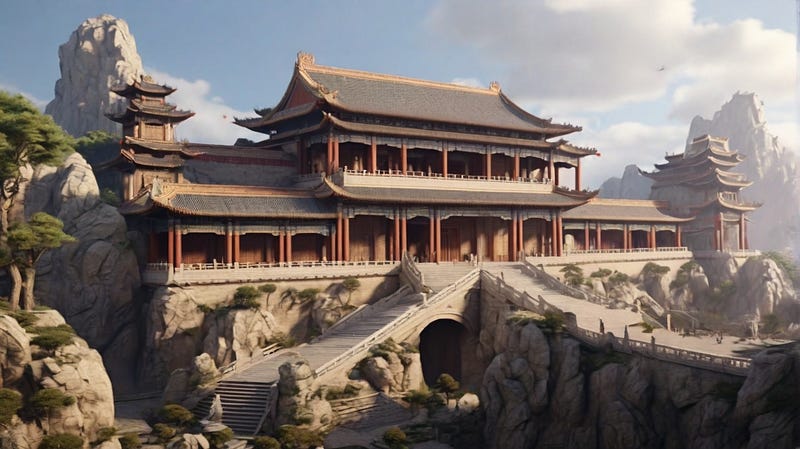Unearthing Ancient Wonders: China's 4000-Year-Old Palace Complex
Written on
Chapter 1: A Glimpse into China's Past
In the central region of Henan, China, a remarkable archaeological discovery has come to light: a palace complex believed to be over 4000 years old. This structure is thought to date back to the era of the earliest known dynasty.

China's extensive history is marked by numerous ruling dynasties, with at least 11 confirmed through scientific and archaeological methods. However, the title of the oldest dynasty remains a topic of debate. Many experts posit that the Xia dynasty, potentially existing around 2070–1600 BCE, is the first.
Section 1.1: The Significance of the Xia Dynasty
References to the Xia dynasty are found in significant historical texts, such as the “Records of the Grand Historian” by Sima Qian and the “Bamboo Annals.” These chronicles detail events from the era of the mythic Yellow Emperor, believed to have ruled from 2697–2597 BCE, up to 299 BCE. Despite these historical accounts, archaeological evidence confirming the existence of the Xia dynasty has been elusive, leading to its classification as a “semi-legendary” dynasty. According to traditional accounts, the dynasty was founded by the Great Yu, who took over the throne from Shun, one of the last five emperors. Some scholars suggest that the Xia dynasty arose from the Erlitou culture.

Section 1.2: New Discoveries from the Xia Era
Recent excavations have sparked renewed interest in the Xia dynasty’s historicity. Archaeologists have uncovered a palace complex believed to date back approximately 4000 years in Xinmi, a region located in central Henan, south of the Yellow River.
“The remains of a palace and granary, dating back about 4000 years, were unearthed at two key archaeological sites in Henan province. This discovery sheds light on the activities and architectural practices of this era in Chinese history,” reported the state-run news agency Xinhua. The palace ruins were located in an ancient city previously discovered in Xinmi, situated on the eastern bank of the Zhenshui River.
Chapter 2: Insights into Ancient Urban Planning
The palace complex is estimated to measure 60 meters in length and 30 meters in width, encompassing approximately 1800 square meters.
“We believe this foundation belonged to a residential complex featuring terraces on both the southern and northern sides, with a courtyard at its center,” stated Li Bo, the excavation team leader. “Our earlier findings indicated that the central-eastern part of the ancient city was where this palace complex was situated. This new discovery may enhance our understanding of urban development in ancient China and could provide crucial evidence regarding the history of the Xia dynasty,” he added.
Description: Explore the enigmatic pyramids of China in this enlightening video that reveals ancient secrets and historical significance.
Description: Graham Hancock delves into China's unexcavated pyramids and pre-historic mega structures, offering insights into ancient civilizations.
During the same excavation period, researchers also discovered remnants of two circular buildings, likely granaries from the early Xia dynasty. “This find could significantly contribute to our understanding of agricultural advancements in ancient China,” noted Fang Lixia, an archaeologist involved in the project.
Dear Readers
I wish to address a pressing matter faced by content creators like myself on Medium.com. The remuneration for our work is often insufficient, despite the dedication invested in crafting valuable articles. If you appreciate my contributions, I invite you to support me on my “Buy Me a Coffee” page. Your assistance, regardless of the amount, can inspire me to keep generating engaging and thought-provoking content. Thank you for being part of this journey!

